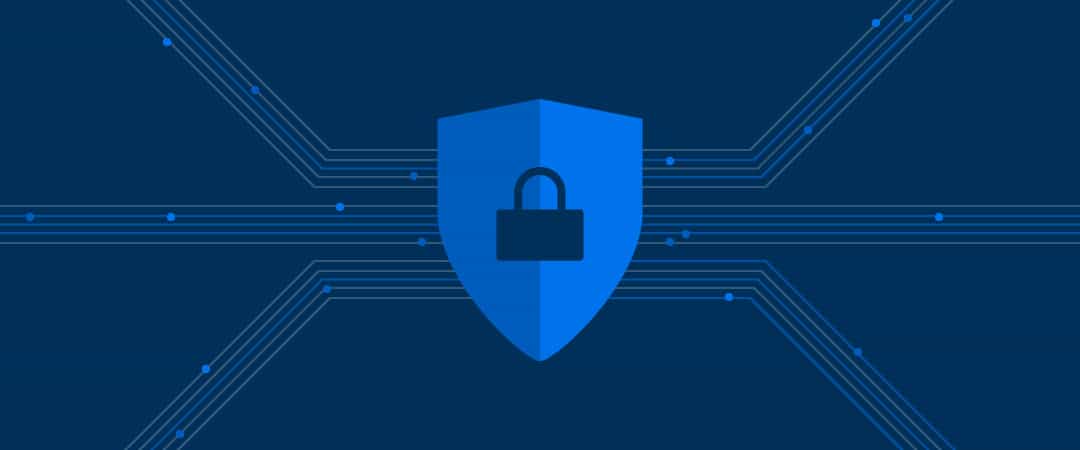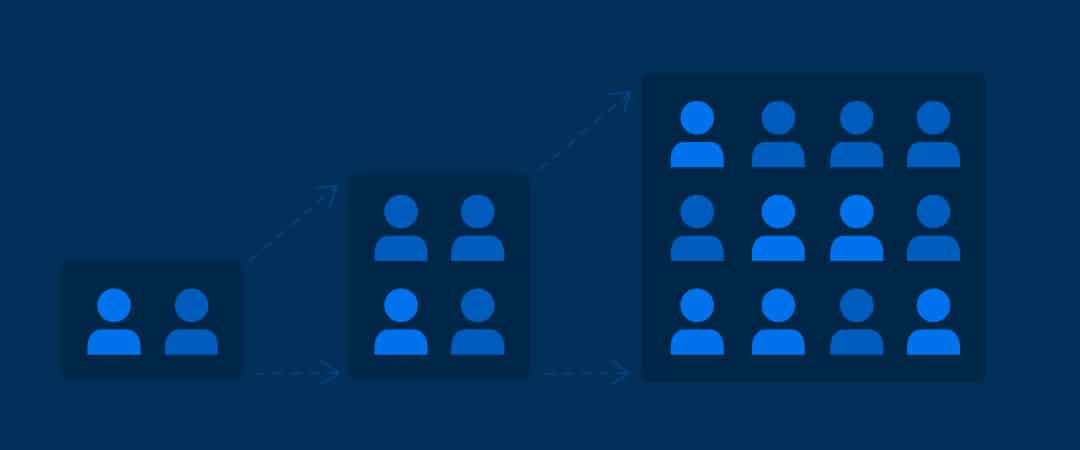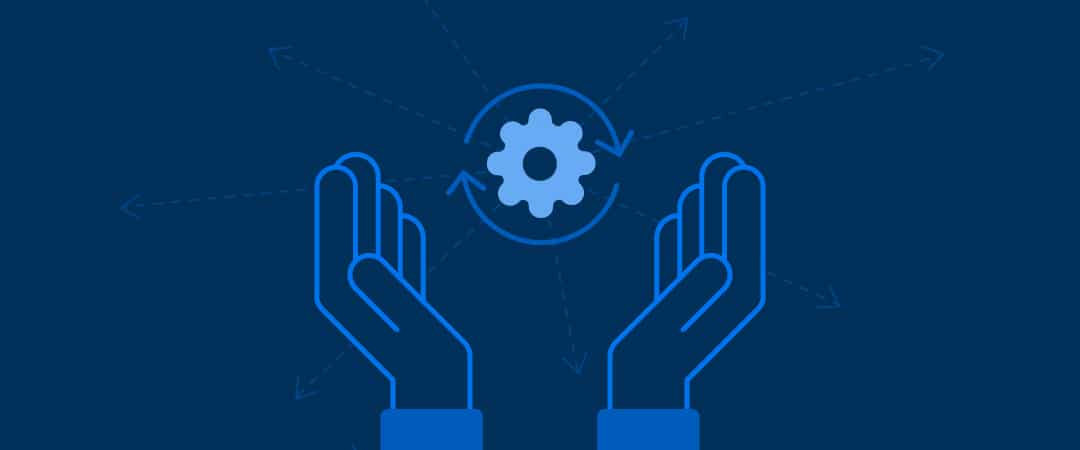Article
Want IT to say yes to a work execution platform? Here’s how to get them on board
by Staff Writer
At some point, just about every decision made in a large organization requires stakeholder buy-in – and when it comes to purchasing new software platforms for the business, you need to get your IT decision-makers on board.
Though “shadow IT” (the use of software and other information technology outside of IT’s purview) is common in many organizations, taking a rogue approach to tech adds risk to any technology project. This can make it harder to apply holistic, company-wide approaches and processes, or introduce security risks that non-technical employees may be ill-equipped to deal with.
When business and IT leaders are aligned, companies are better able to find solutions that successfully support employee needs and organizational objectives with fewer downsides. But while one recent literature review from Stockholm University found that business-IT alignment is associated with better overall performance, the study also noted that for many companies, getting everyone on the same page is typically an elusive feat.
With the SaaS market forecasted to grow 27.6 percent in 2019, according to Gartner, it’s a conundrum many companies currently face. And with the vast majority of enterprises reporting that they’re dealing with a greater volume and scale of projects than in the past, work execution platforms are among the categories with potential for growth.
How can business units improve the odds of finding a work execution platform that both meets their needs and gets past IT gatekeepers? It starts with an understanding of how IT decision-makers evaluate solutions. According to a study by IDC, while business units have their own evaluation criteria, the things IT leaders look for encompass more than departmental business needs. Having an up-front grasp of what IT wants will help you more quickly home in on a solution that will satisfy everyone.
Want a solution IT will say yes to? Here’s what to look for:
1. Enterprise-grade security
With cybercrime, such as malicious data breaches, growing in frequency, volume, and cost, security is a top priority for IT leaders. To keep sensitive customer data, trade secrets and other critical information safe, IT decision-makers look for platforms that comply with best practices for data security.
This includes data encryption (both in transit and during storage), user-access controls, multi-site redundancy (so that if there is a power outage, natural disaster, or some other catastrophe at one data center, data is not compromised), and the use of certified hosting partners that offer state-of-the-art physical protection and monitoring at data centers. Annual third-party assessments can also ensure that any weaknesses with a platform can be better identified and resolved.
2. Simple, straightforward technical setup, architecture, networking, and data flow
Believe it or not, IT stakeholders are just like everyone else in that at the end of the day, they simply want a solution that reduces their own headaches and pain points. Onboarding new software – especially on an enterprise-wide basis – can rank high on the list of challenging projects for IT. A work execution platform that’s simple to deploy will, therefore, be an easier sell than one that requires a high-level of IT involvement.
3. Scalability
Another way to appeal to IT’s desire to reduce the hassles of onboarding new software? Being able to ensure that they won’t have to do it again soon. This means looking for a work execution platform capable of scaling as your organization grows.
Look for a platform that can accommodate an unlimited number of users and projects — ideally, with no extra provisioning on IT’s part — to convince IT stakeholders that the solution will continue to meet business needs for years to come.
4. Ease of integration
When new tools don’t work with existing ones or can’t easily be accessed by external business partners who are involved in collaborative projects, IT staff are often the ones tasked with finding a workaround. As such, a work execution platform that integrates seamlessly with existing technology and processes is one that will help ease the burden on IT. Smartsheet syncs with many of the tools and apps employees are already using and makes it easy to share and collaborate with external business partners.
Related
3 Ways the Smartsheet API Helps IT Teams
5. Maintenance and support
If software doesn’t offer maintenance and support where and when it’s needed, then IT staff often will be called upon to fill the gaps. A SaaS platform with a robust support offering can further reduce the reliance on IT and free up their time for strategic projects that drive value and innovation, instead of putting out fires. Look for a variety of tools and options to meet user needs, from step-by-step self-serve resources to training and consulting that can help your organization use your work management platform to its fullest capabilities.
Subscribe to the Smartsheet IT Newsletter for tips, strategies, and ideas focused on helping IT professionals increase their impact on their business.



